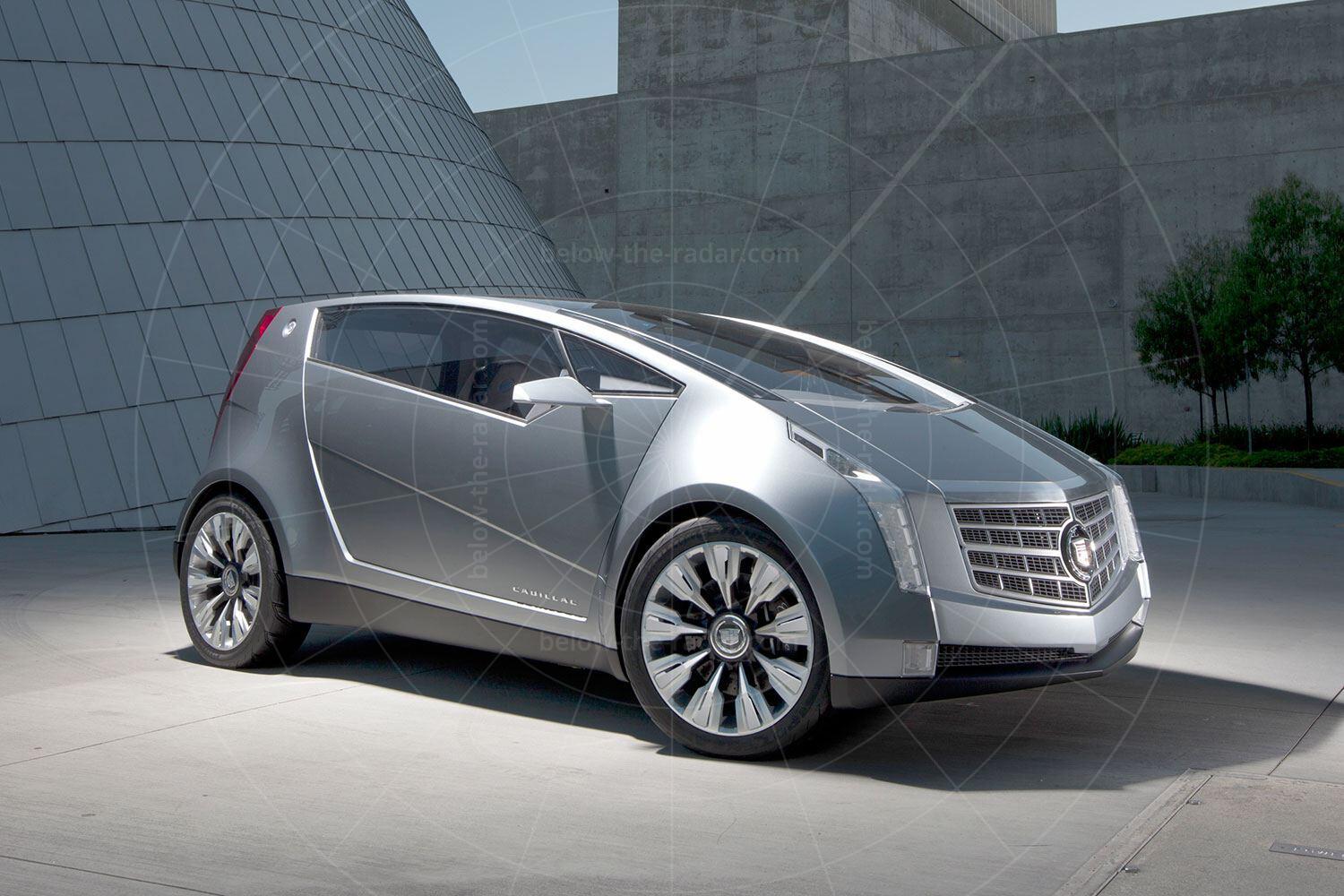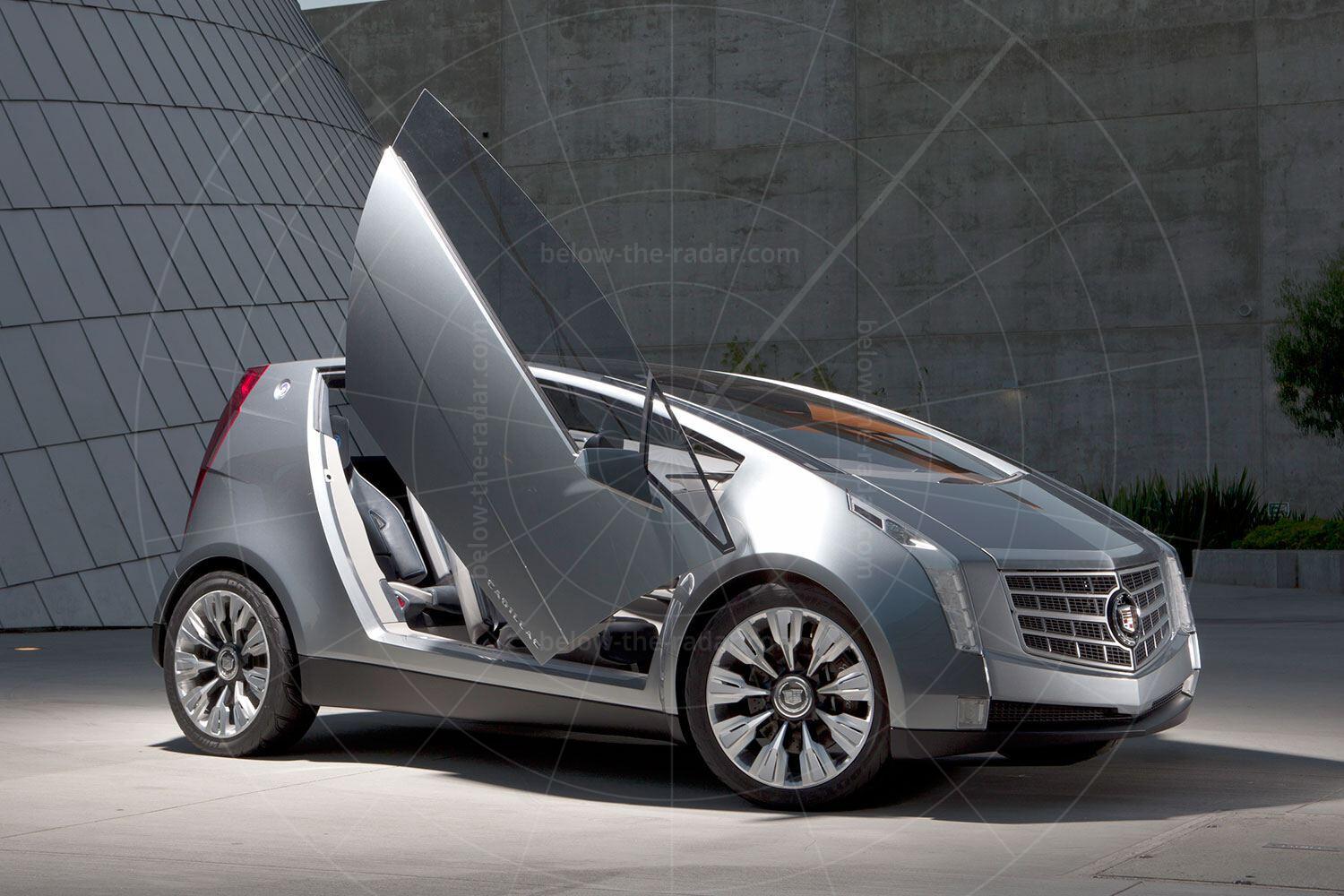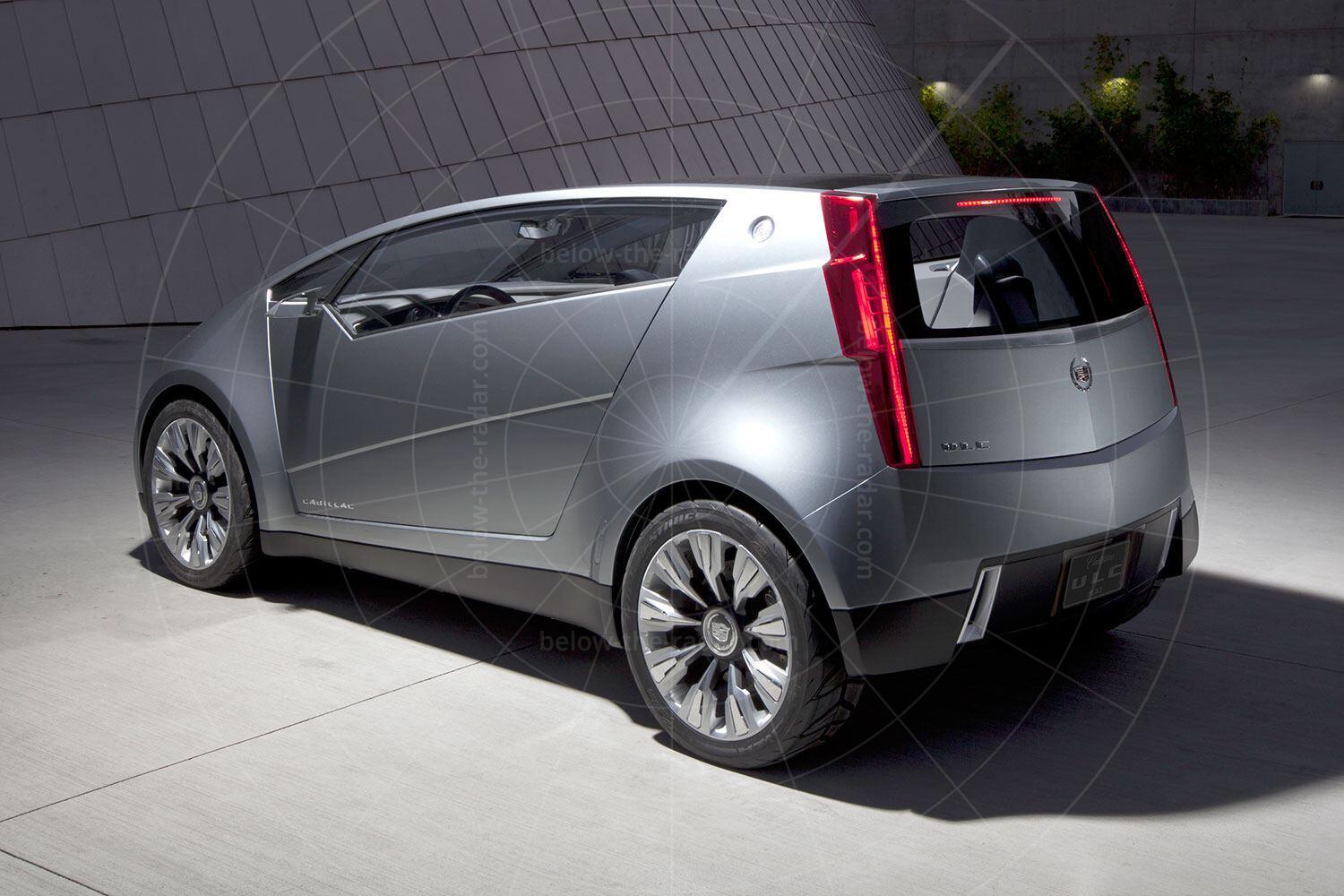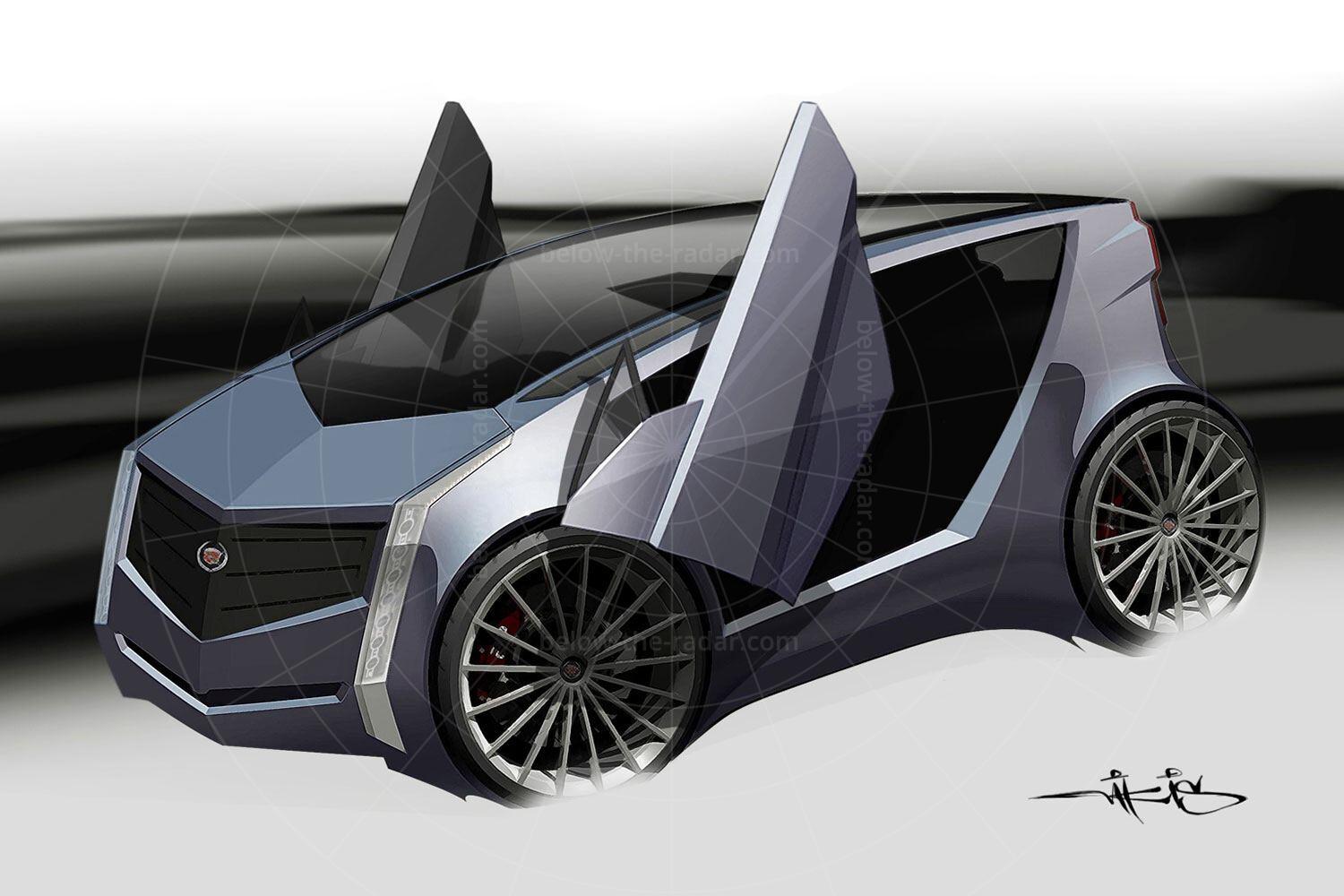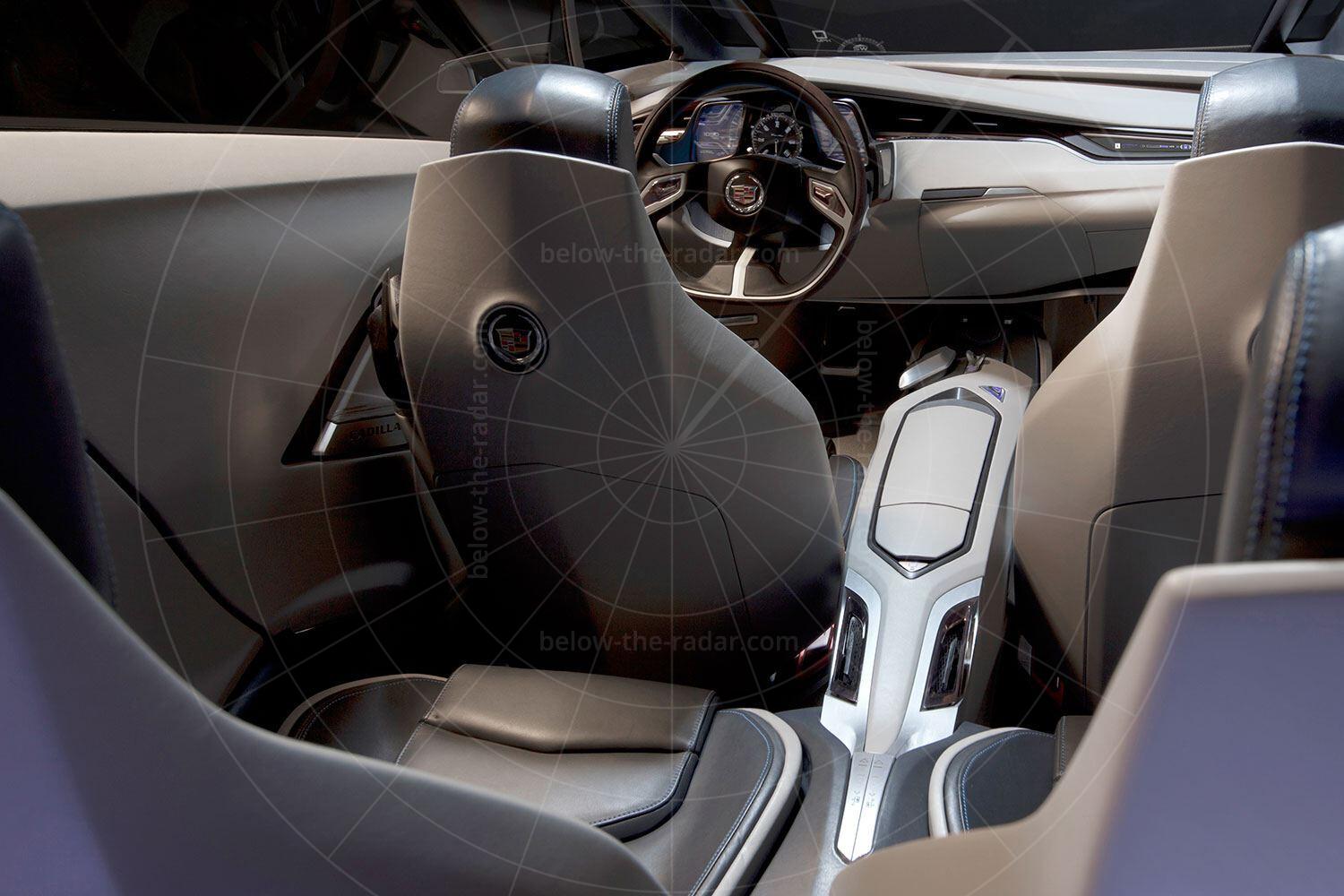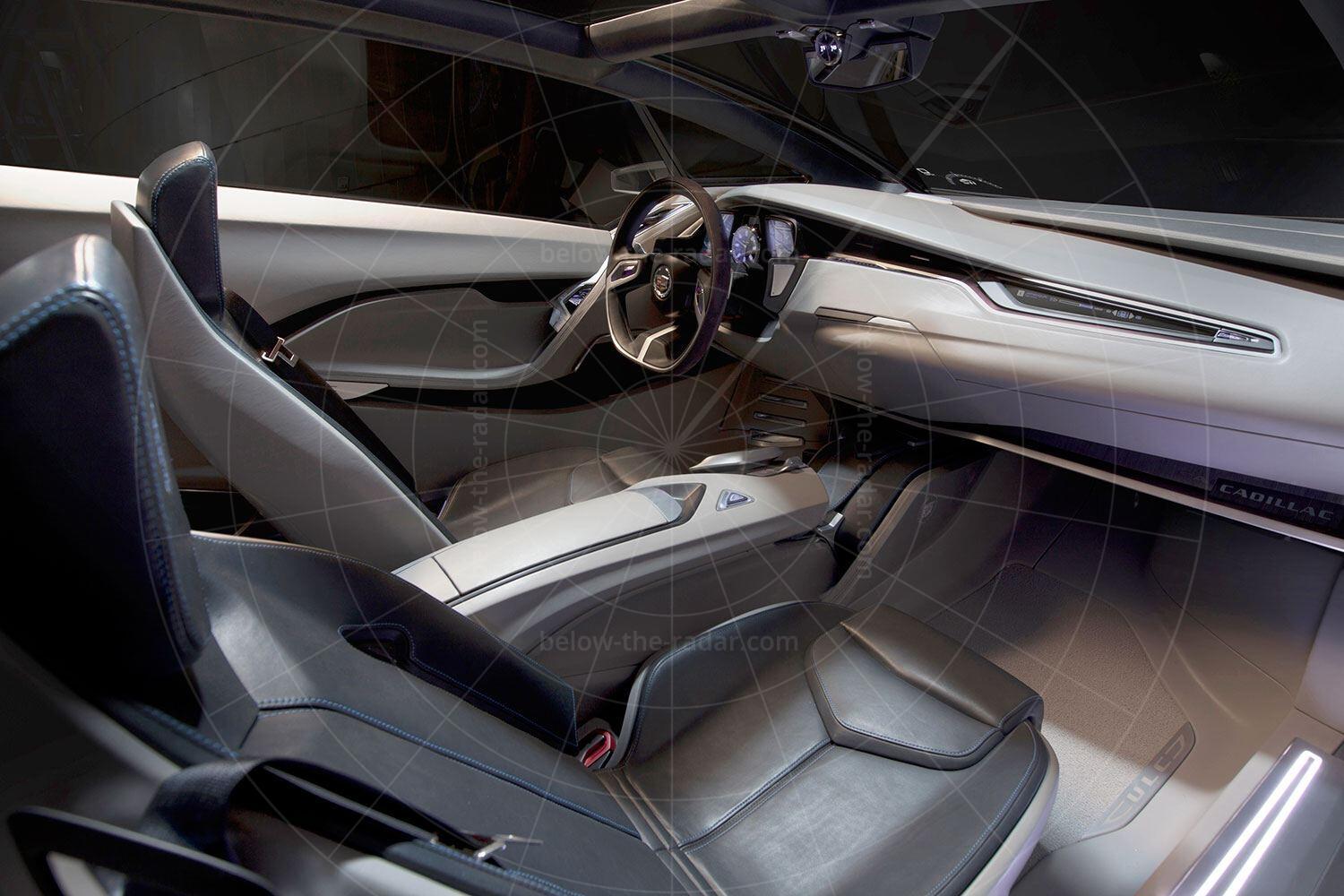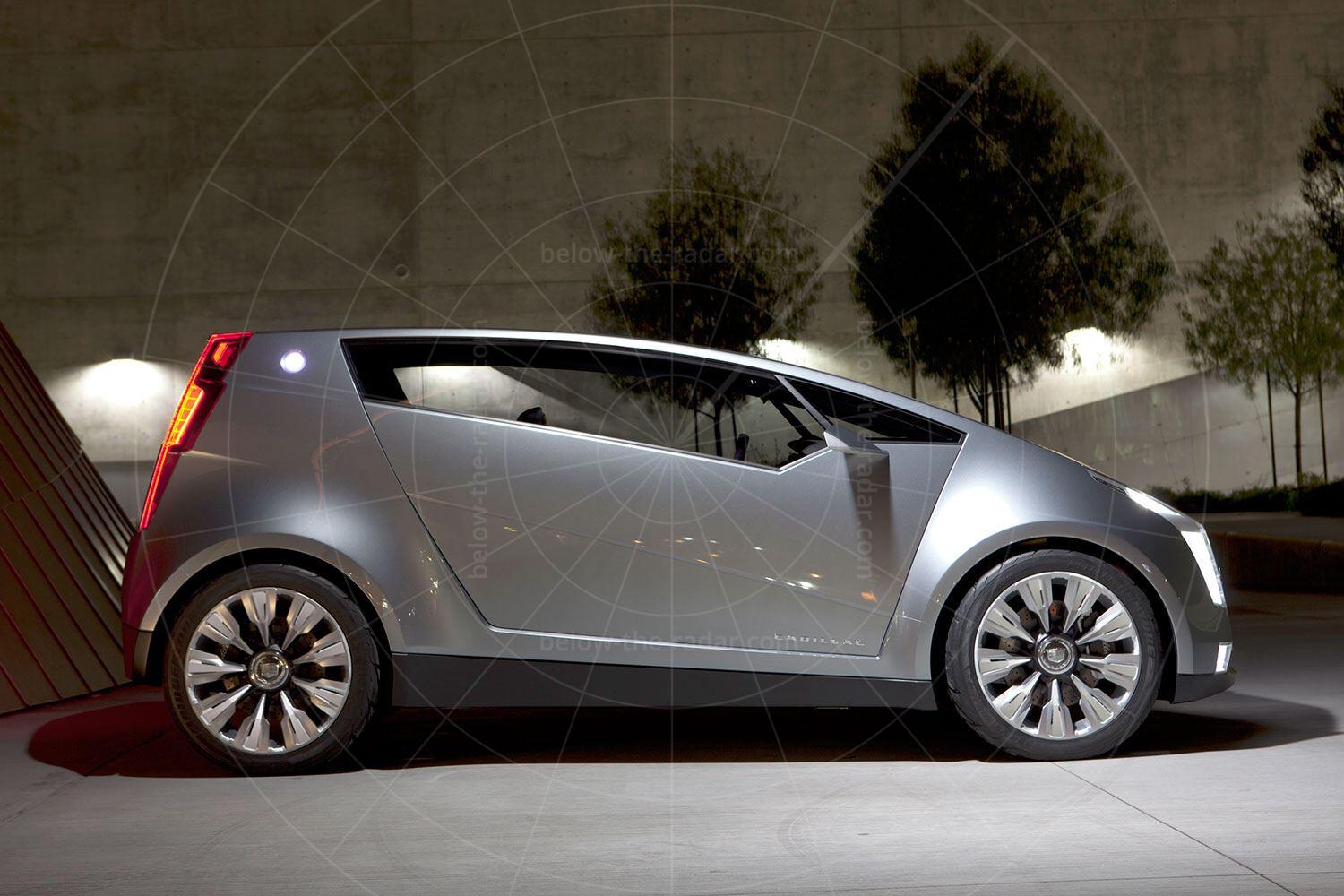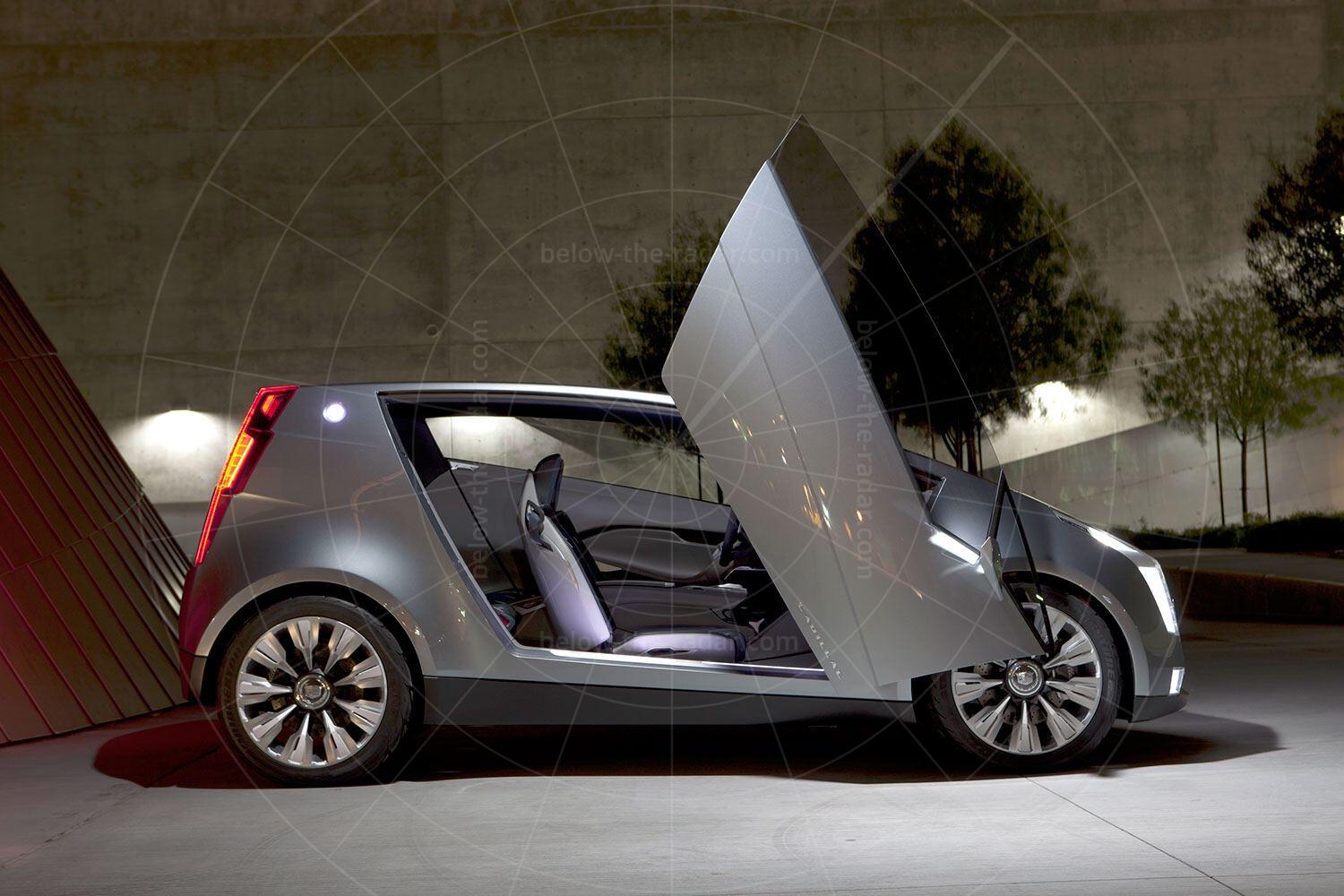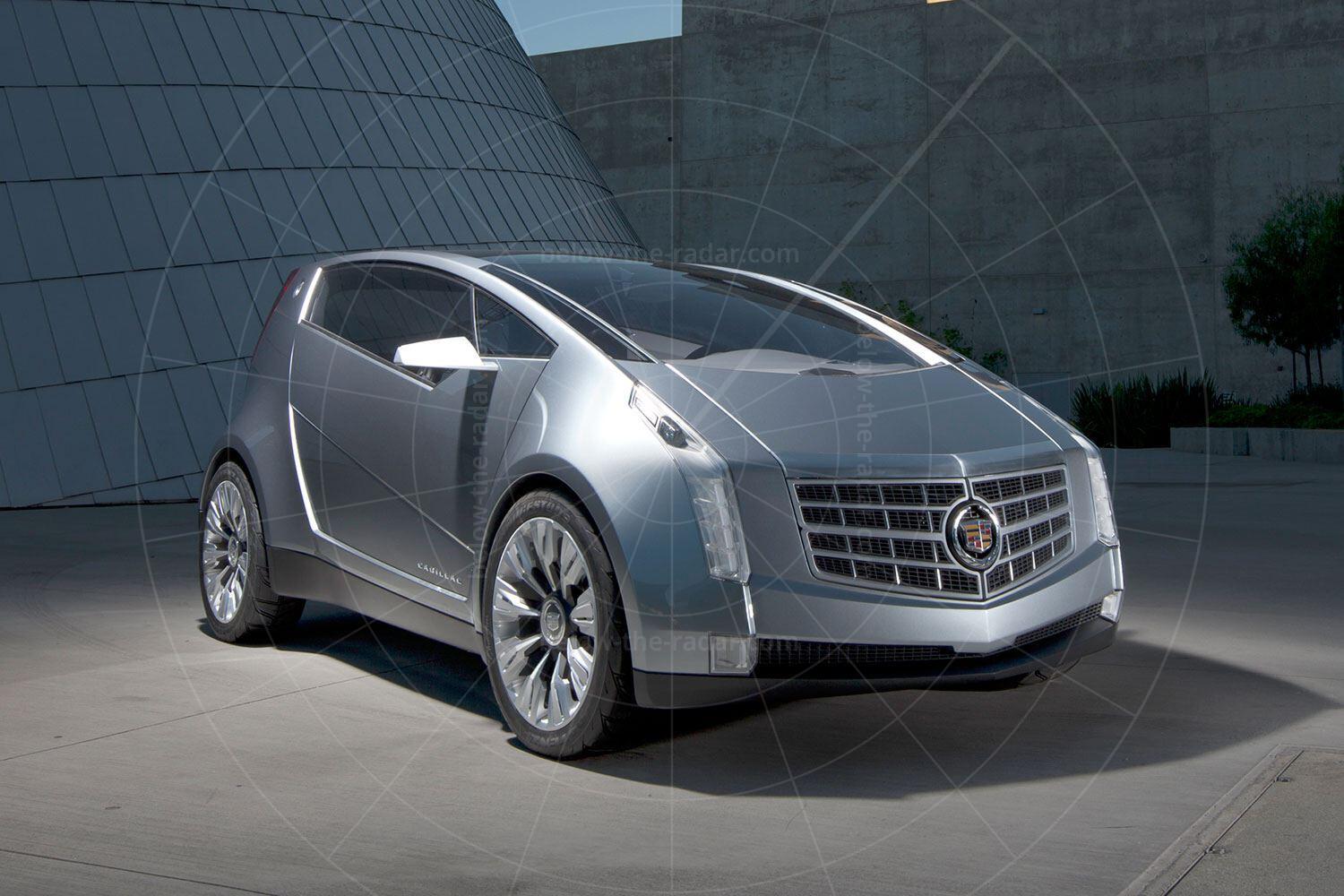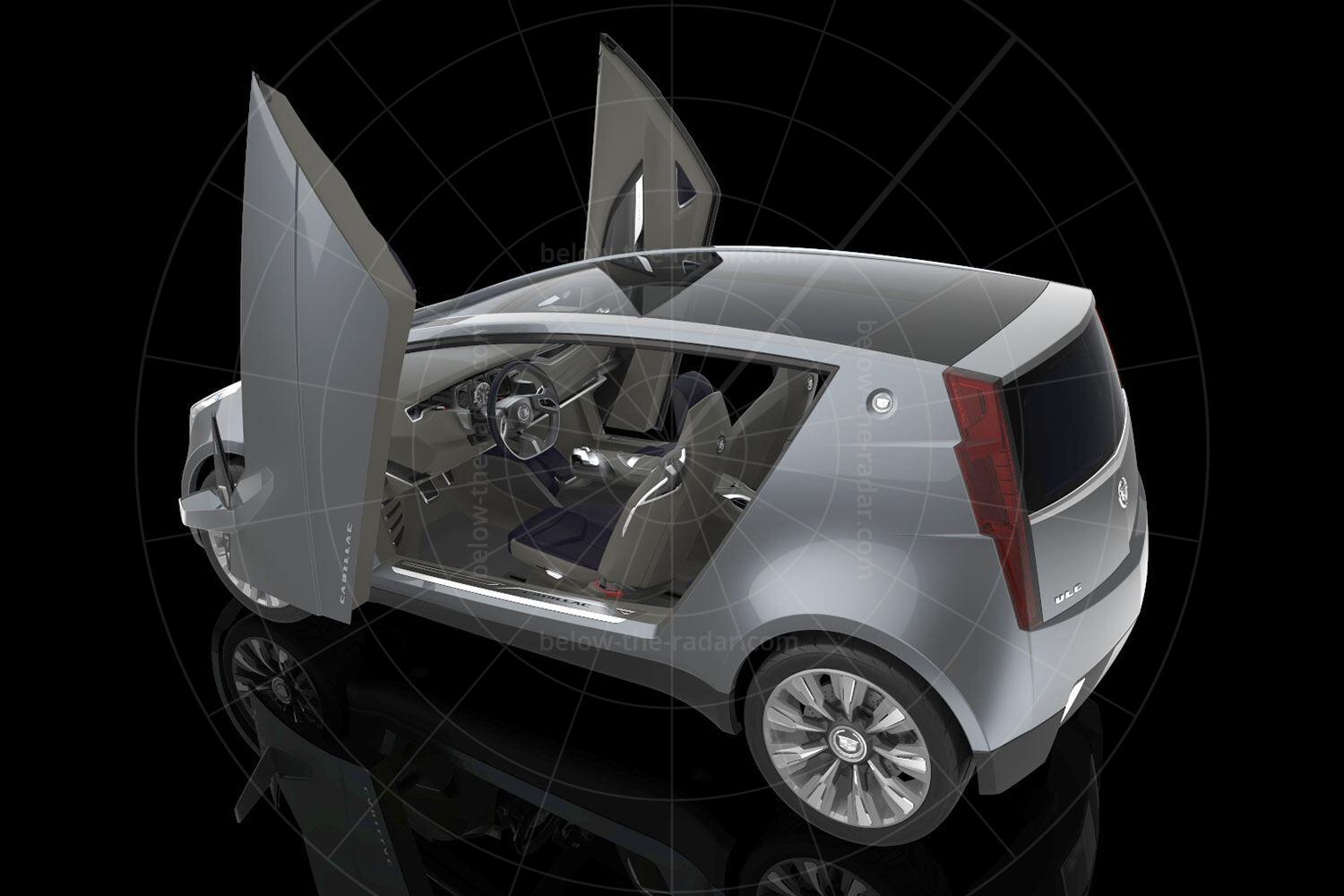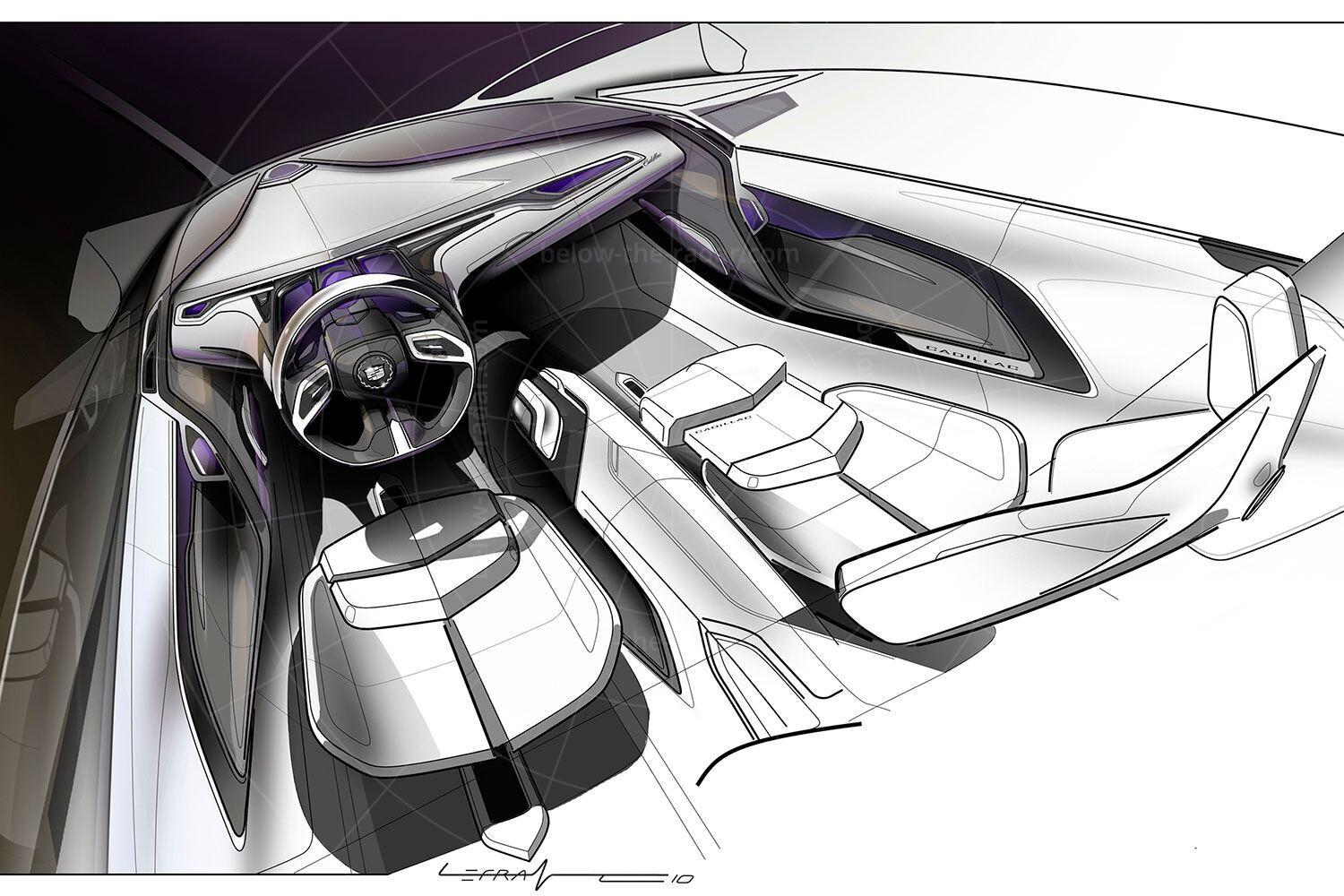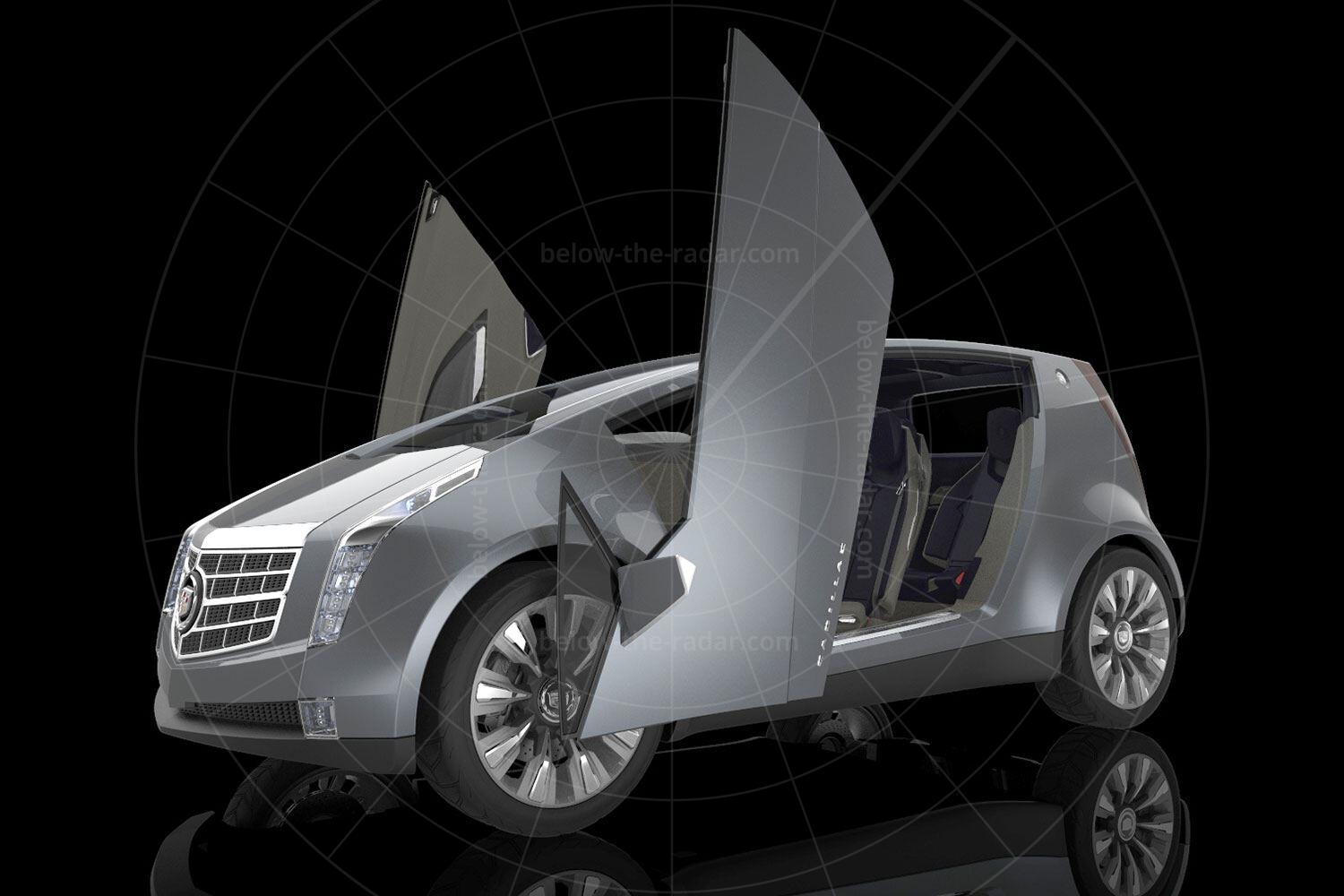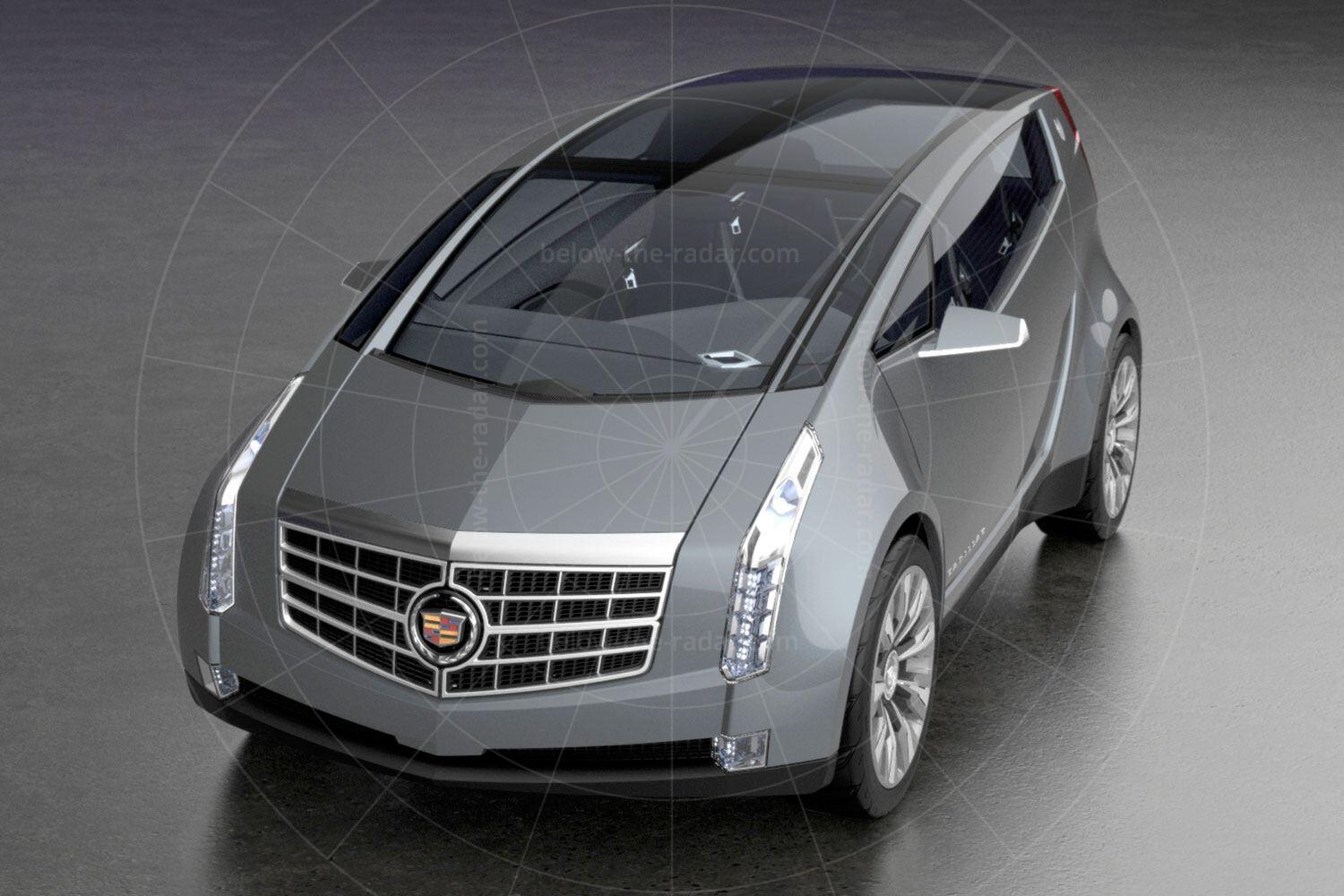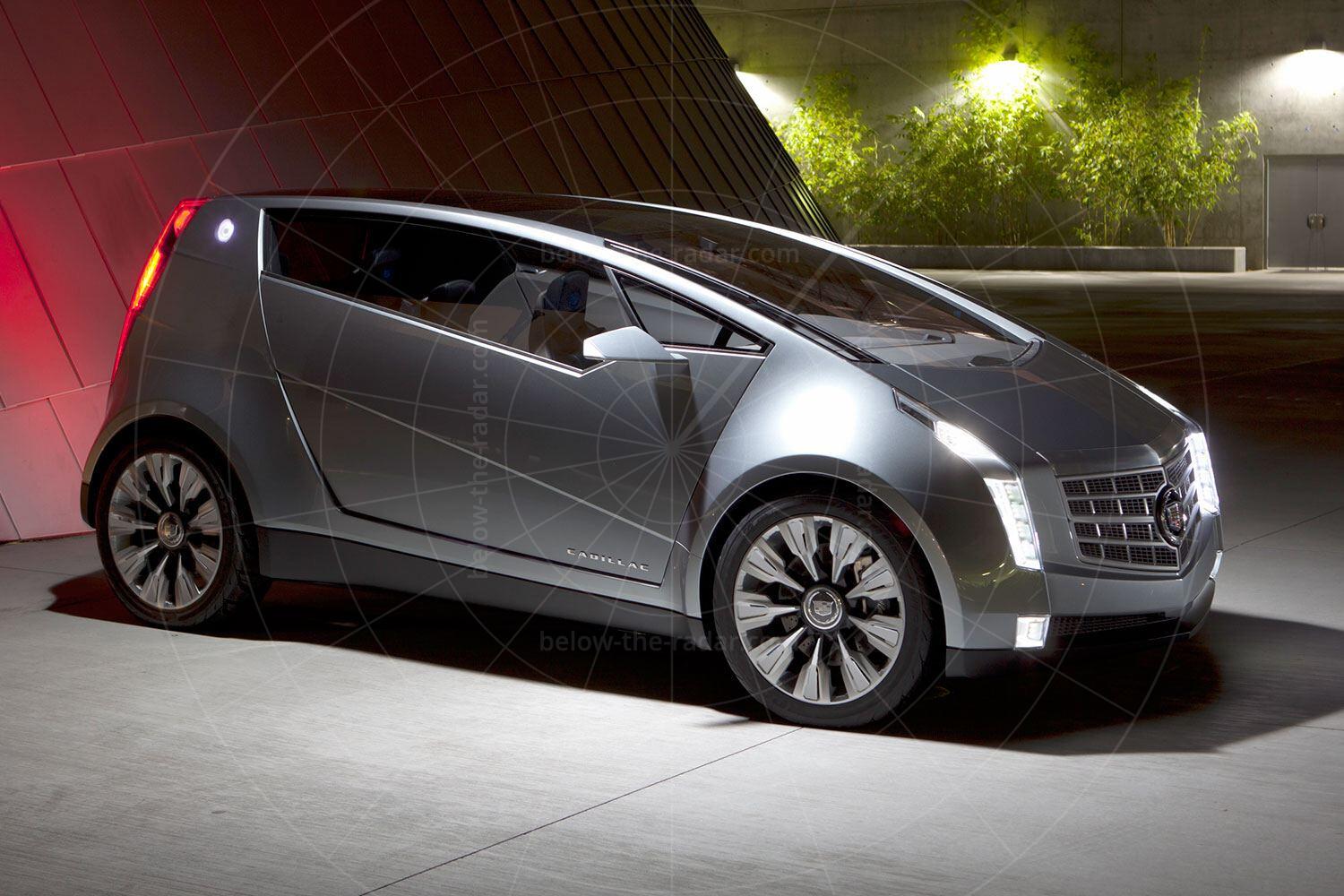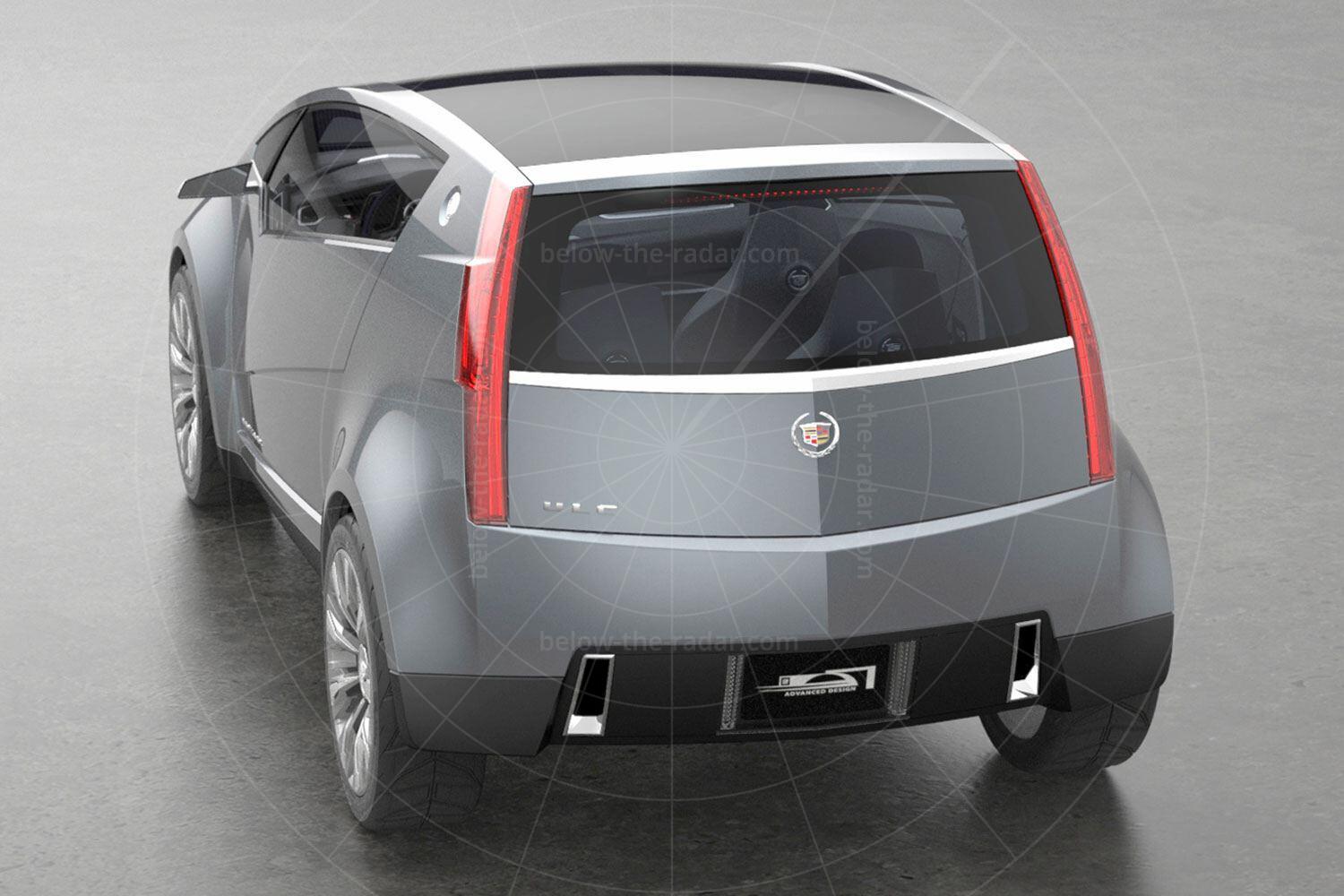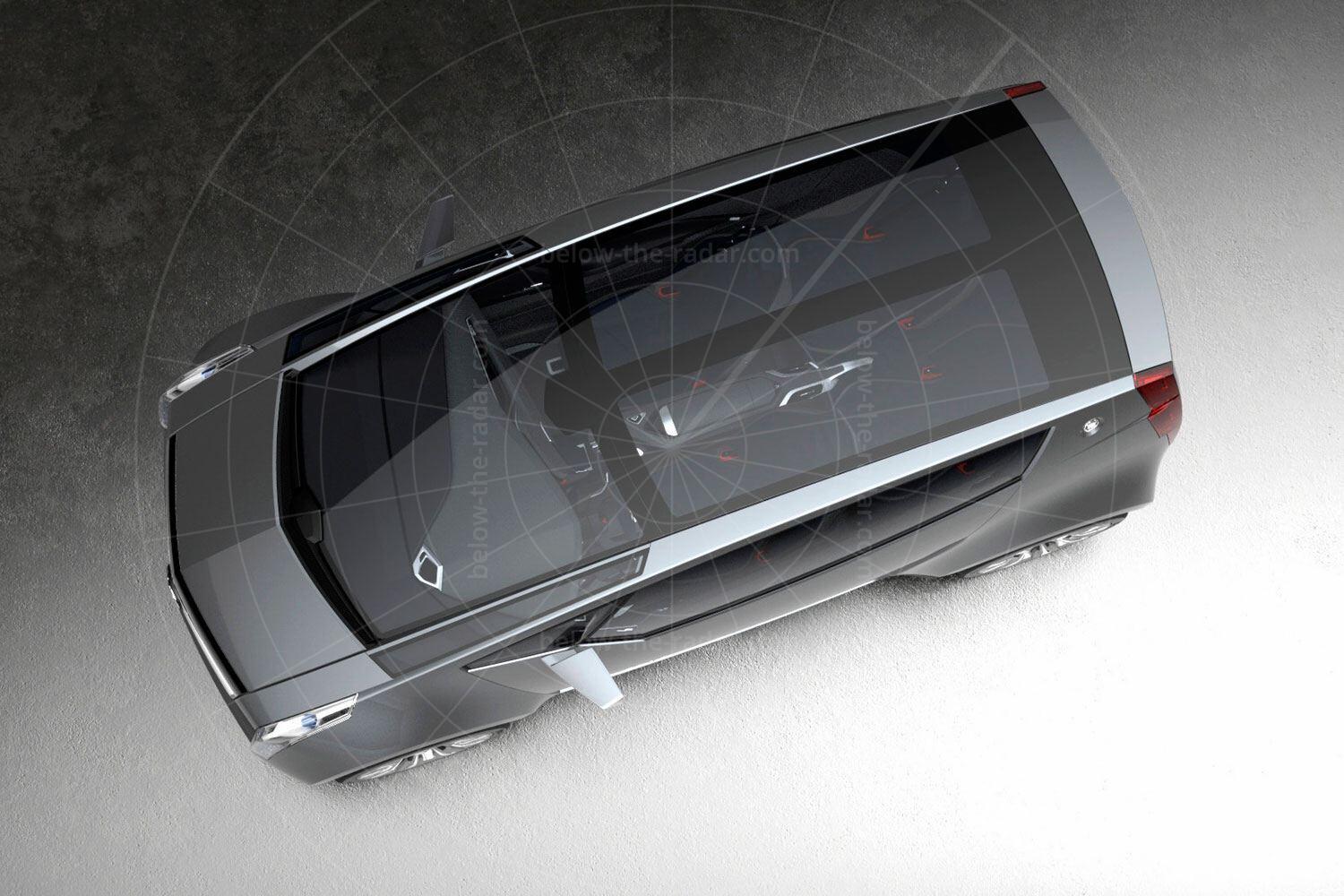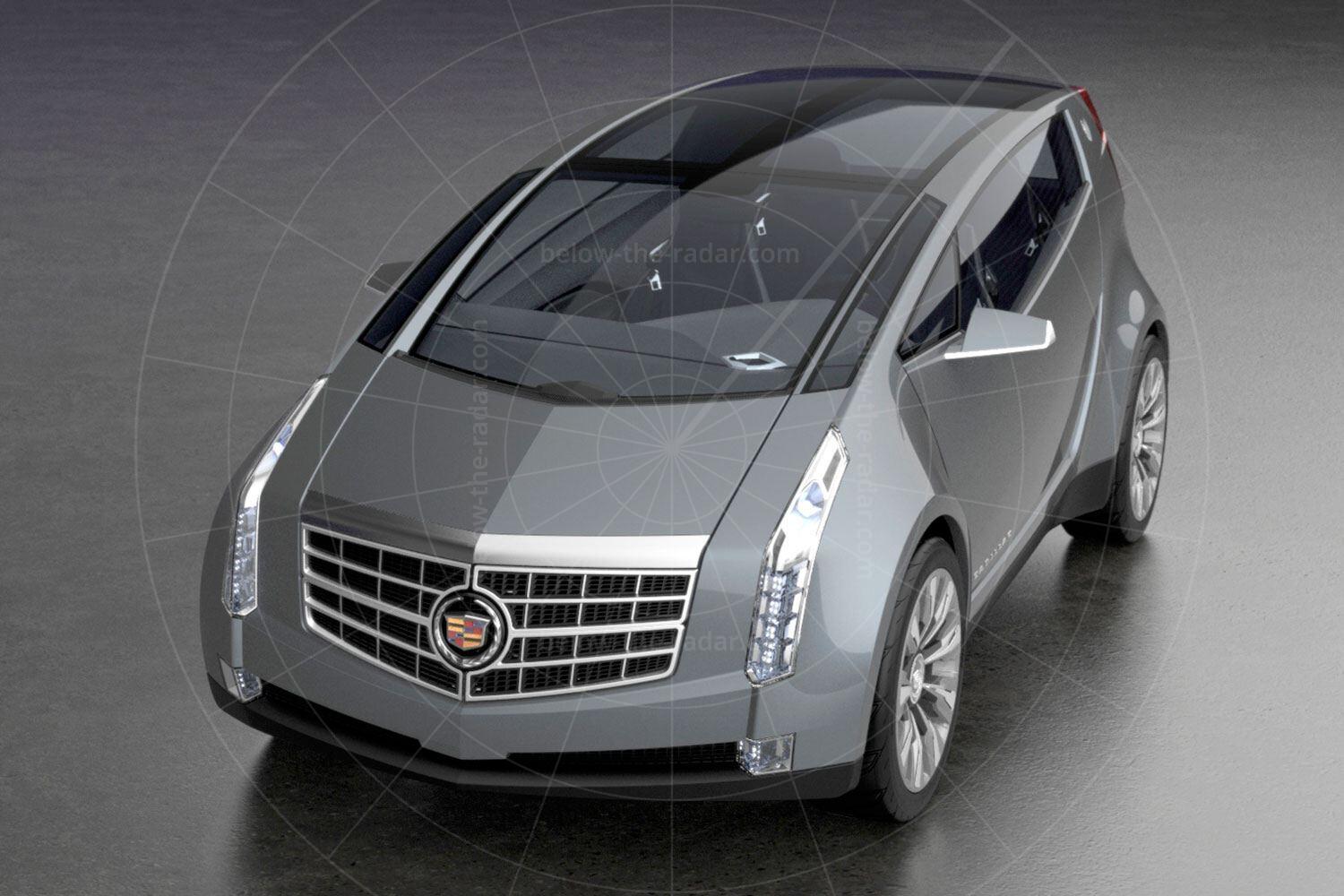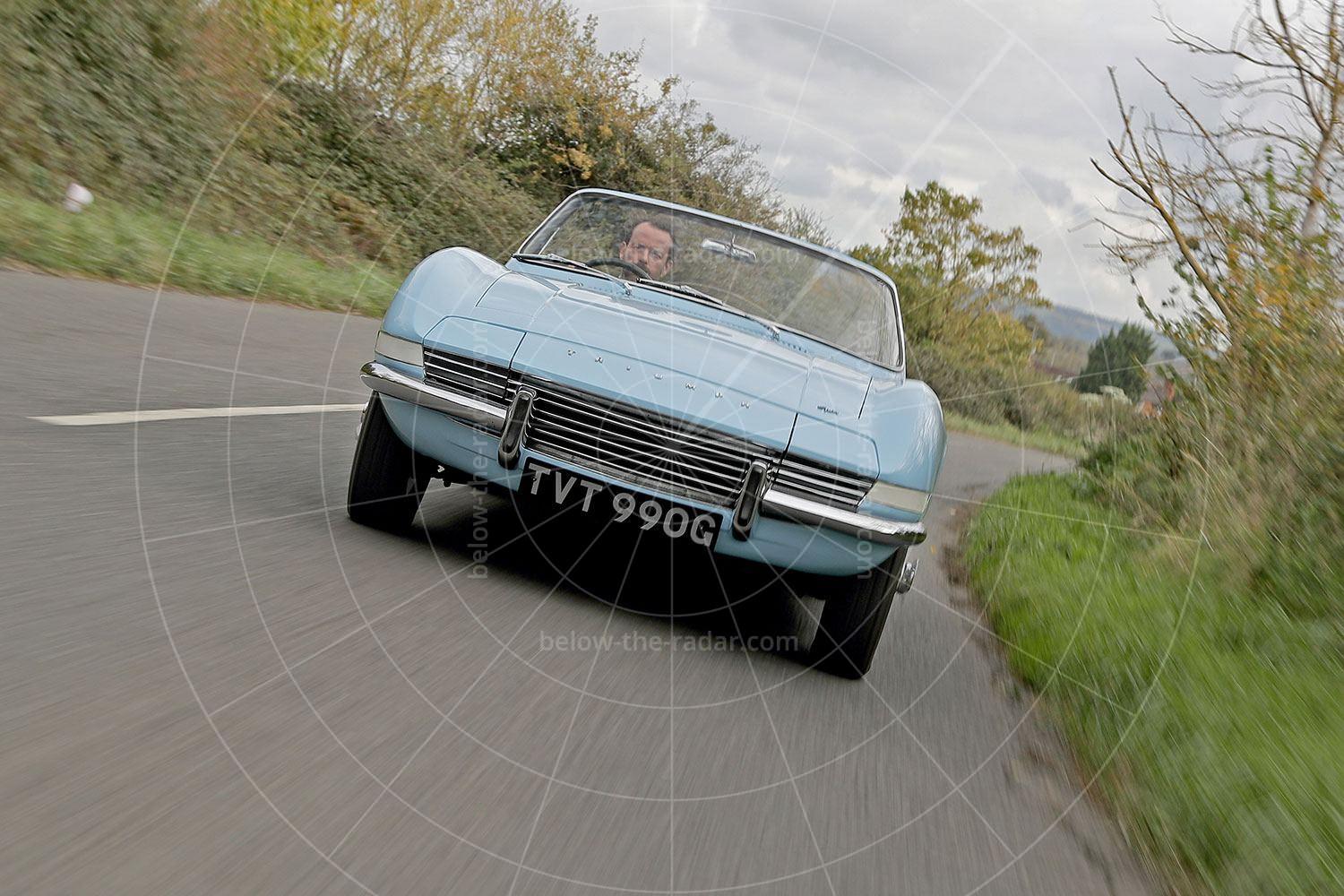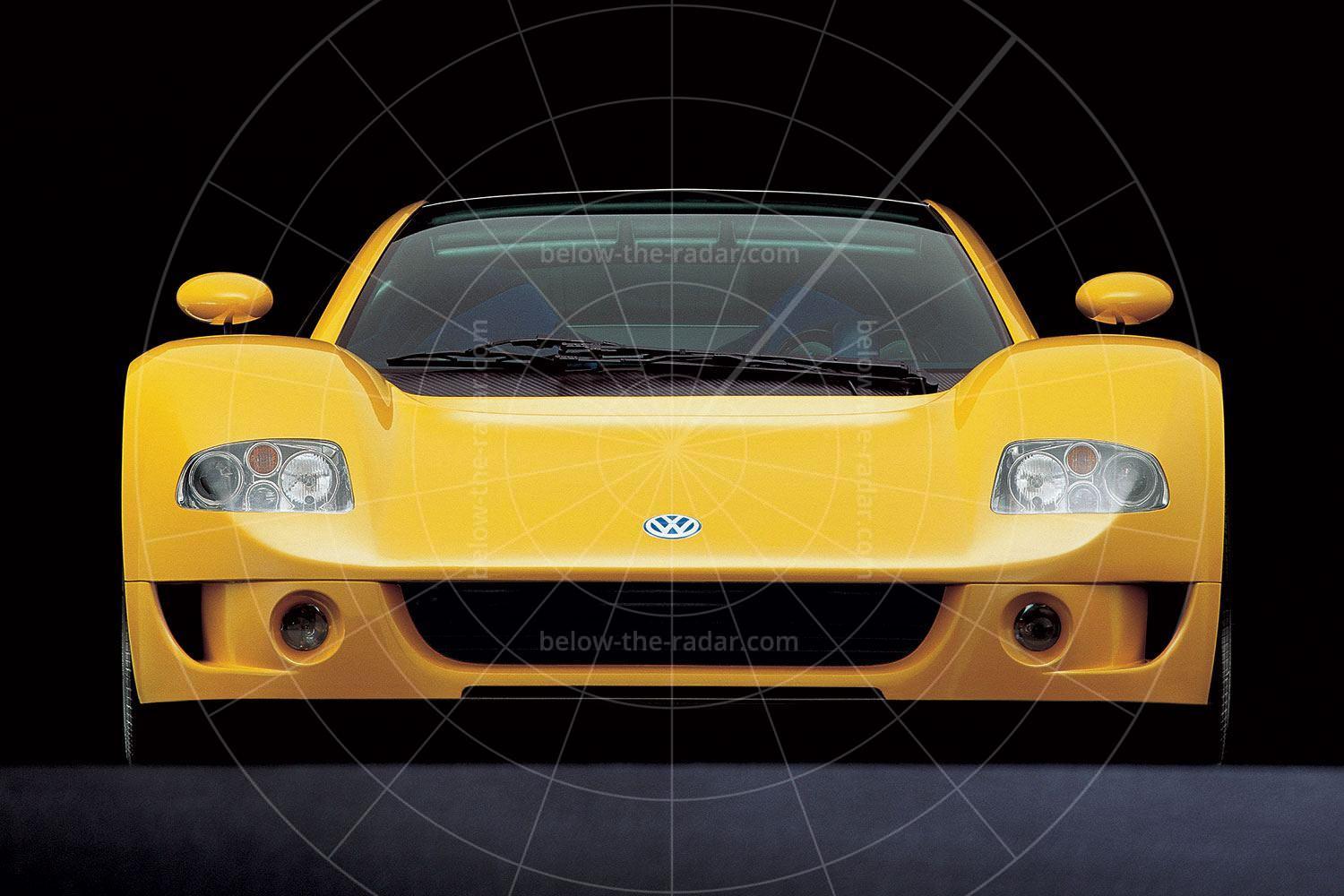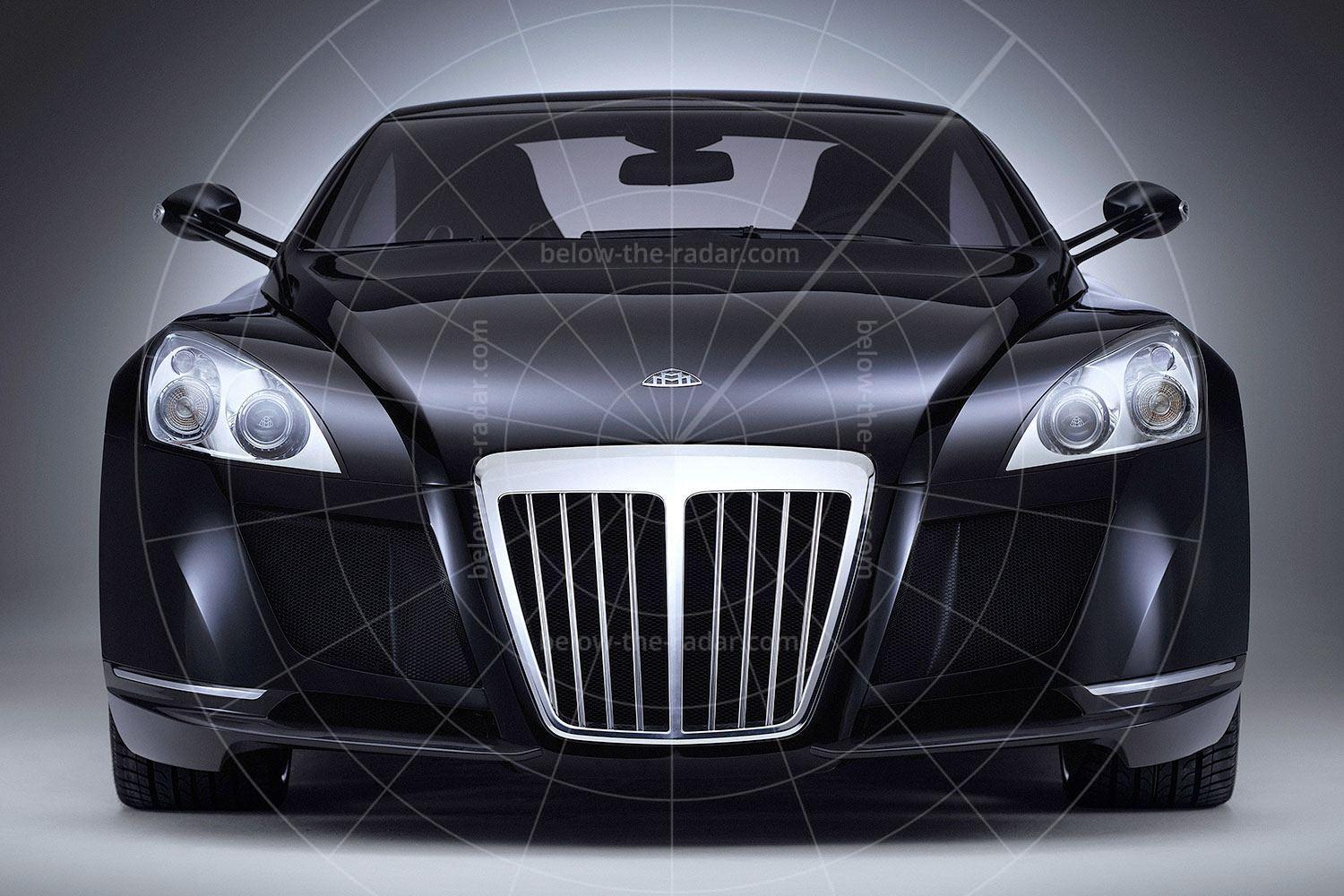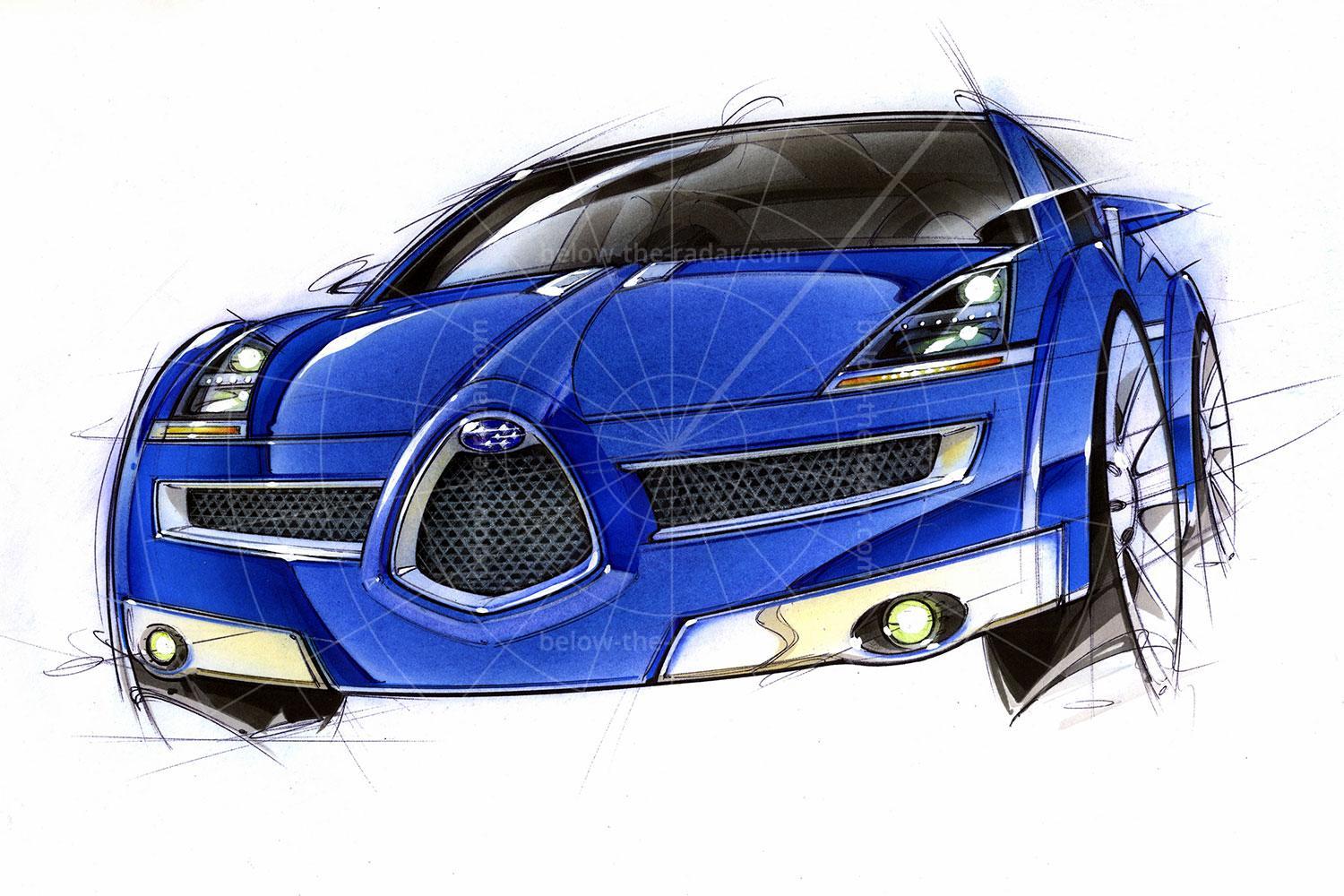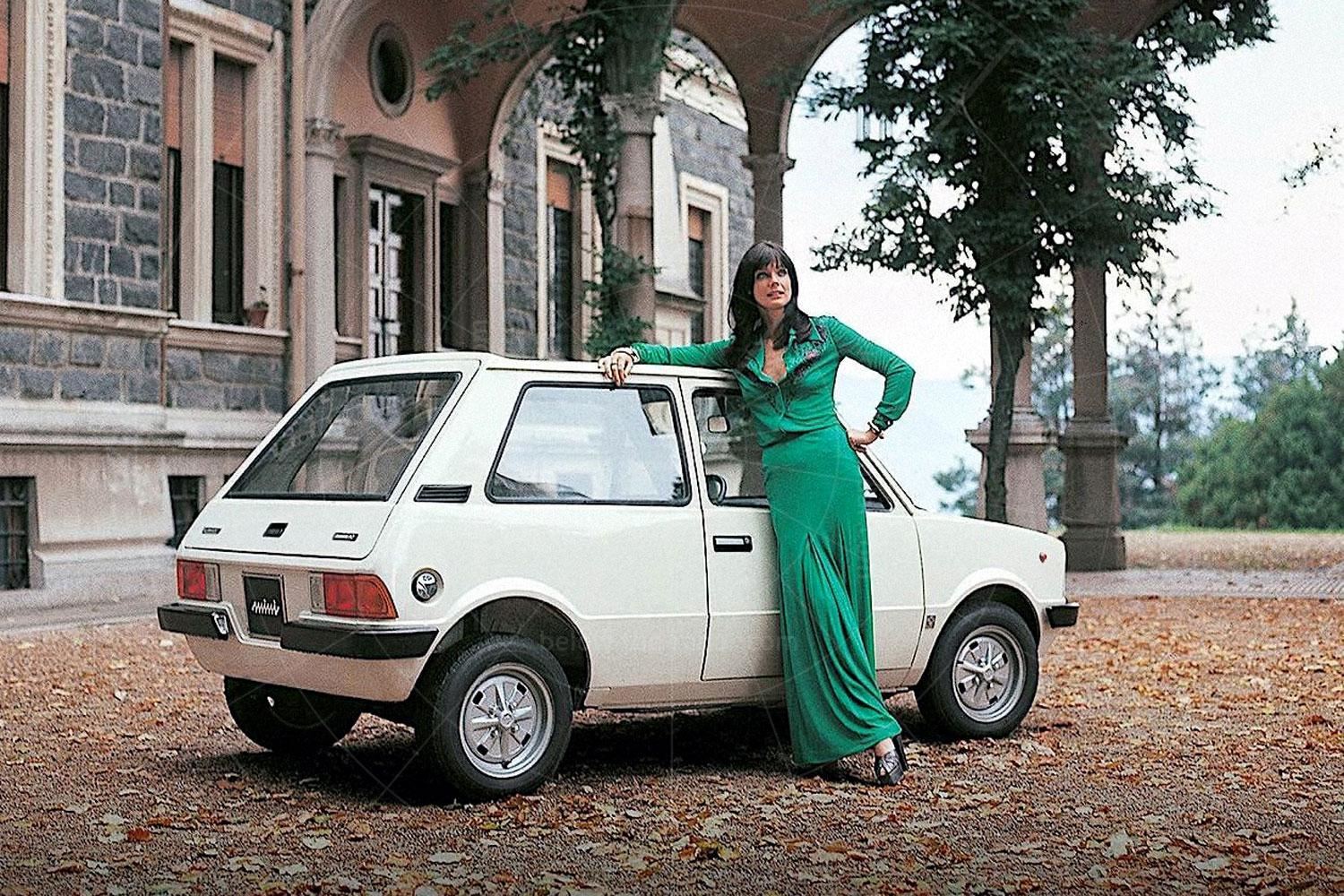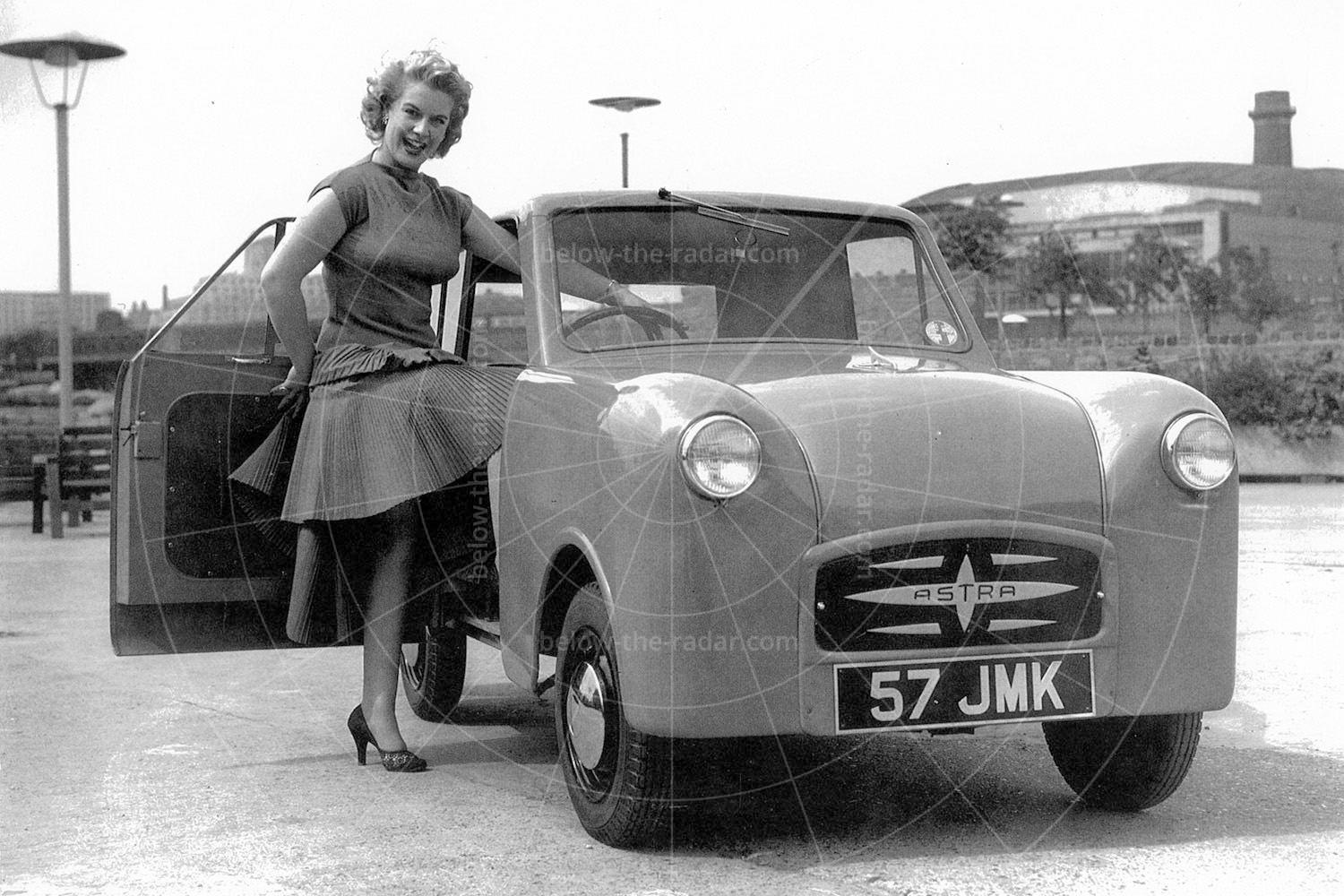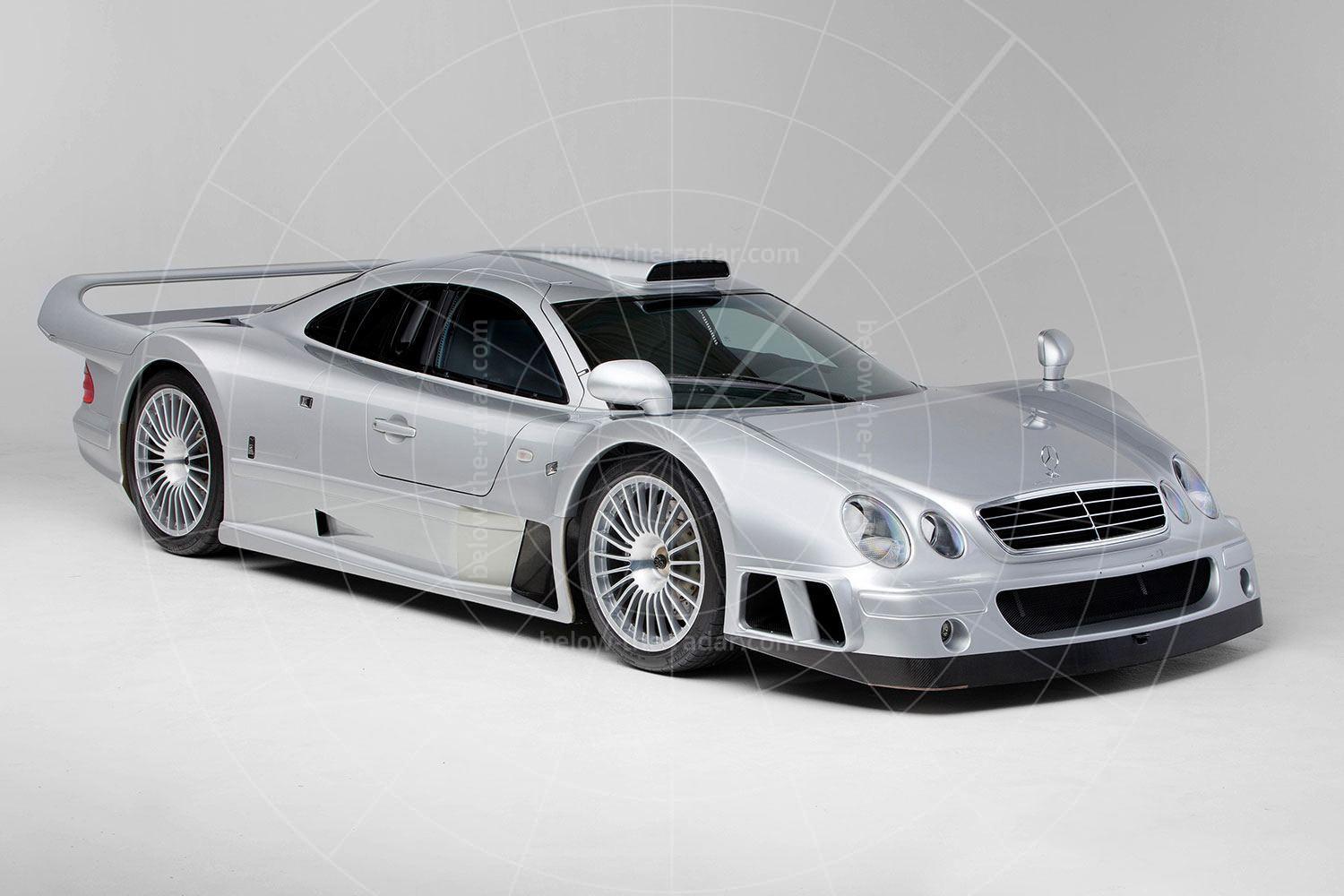Back in the 1950s, when it came to super-sized luxury, few could compete with Cadillac. If it was automotive excess you were after, it was Cadillac to which you turned – overblown dimensions, huge engines, massive equipment levels and unashamed luxury. But half a century on, the world was a very different place, with fuel shortages and high living costs the order of the day – and that was before a massive global recession kicked in. Nobody wanted to reduce their standard of living, but everyone needed to downsize; cue the Cadillac Urban Luxury Concept.
The idea of this ultra-compact luxury supermini was to offer all the comfort and convenience of a full-sized luxury car, but without the associated fuel bills or other inflated running costs. A supermini-sized Caddy; a sign of the times if ever there was one. However, while the thought of a Cadillac barely bigger than a Smart ForTwo may have seemed incongruous, the company’s family look translated rather well on to such a small machine, although if there was one concept that polarised opinions, this was it.
American buyers couldn’t understand why Cadillac would ever build such a tiny car; it made far more sense to sell it with badges from another GM subsidiary, such as Chevrolet. The clue was in the name though; this was supposed to be a truly luxurious car, despite its size. And with more and more people worldwide moving to urban areas as cities expanded, it made sense to cater for them by offering personal transport that offered convenience with comfort.
But as with most of the best concepts, this one was never really a serious production proposal, although with the success of Mini in North America, GM could certainly be forgiven for thinking it was missing a premium small car opportunity. However, BMW always had Europe to fall back on if the Mini wasn’t a success in the US; GM wasn’t in the same fortunate position with Cadillac.
The Urban Luxury Concept was all about economy, so at its heart was a seriously small powerplant; the smallest ever fitted to a Cadillac. Displacing just a litre, it was boosted by a turbocharger as well as a hybrid drivetrain, so while no power or torque figures were quoted, they’re likely to have been pretty healthy. The hybrid batteries were recharged via the regenerative braking system, so this was very much a car for city life.
For greater ease of use there was also a dual-clutch semi-automatic gearbox, which sent its power to the front wheels. Cadillac didn’t give much away about the car’s drivetrain, but it’s likely that the electric propulsion would have been directed at the rear wheels, to give four-wheel drive when the hybrid system cut in.
With this concept Cadillac embraced the internet wholeheartedly, in a bid to increase usability and reliability to the max. Just about the whole cabin went digital, so it could be customised or upgraded at the touch of a button, while the detachable control pads could be used for navigation or music. The right-hand touch pad was hidden until deployed or detached by the passenger, who could interact online without compromising the driver’s control.
To boost safety the driver didn’t even have to look at the digital displays in front of the steering wheel; instead they could simply refocus their eyes at the bottom of the windscreen, where there was a head-up display. Also woven into the functionality was GM’s OnStar system, with advanced voice recognition interaction which allowed the driver to do more without taking their eyes off the road or hands off the steering wheel.
The key thing about the Urban Luxury Concept was its diminutive proportions, along with its short overhangs that really pushed the wheels out to the corners. The result was a cabin that was surprisingly spacious, and while there were officially four seats, those in the rear wouldn’t want to be very large or they’d soon be uncomfortable.
Despite there being two rows of seats there was just the one pair of doors, and in true concept fashion they were distinctly unconventional. Lamborghini-style beetle-wing items, the doors added glamour to the car, even if there was little in the way of practicality.
In keeping with the upmarket theme, the cabin featured lots of high-tech systems for greater space efficiency, while premium materials were in abundance, such as leather, wood, brushed aluminium and ceramics. Perhaps best of all though was the airiness of the interior; the fitment of glass panels in the roof ensured that if there was any sunshine, it found its way into the Urban Luxury Concept’s cabin.
A decent amount of versatilty was also on the menu, although Cadillac made great play of the fact that the front passenger seat was able to slide and recline, just like pretty much any other car on the market then, no matter how cheap or basic. But then sometimes the simplest ideas are also the most useful and user-friendly, so why try to reinvent the wheel? As it were.
| Vital statistics | |
|---|---|
| Debut | Los Angeles, 2010 |
| Lead designer | Frank Saucedo |
| Key designer | Niki Smart |
| Engine | Front-mounted, 1.0-litre, turbo 3-cylinder, hybrid |
| Transmission | Dual-clutch semi-auto, front-wheel drive |
| Power | 120bhp approx |

